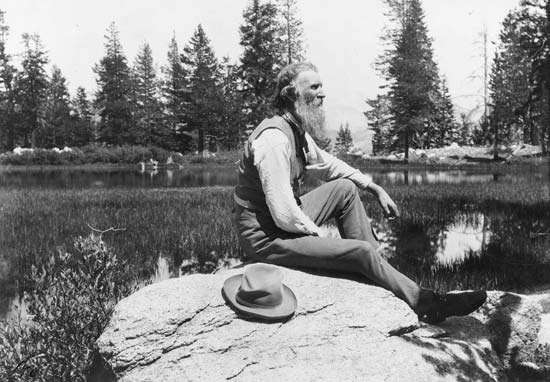In our Notable Naturalized Citizen spotlight series, we highlight the contributions that foreign-born citizens have brought to our country. This month we are featuring naturalist and writer, John Muir.
Muir emigrated with his family from Scotland in 1849, and he attended the University of Wisconsin in Madison. He began pursuing a career in mechanical engineering, but after an industrial accident that nearly cost Muir his eye, he instead began traveling the country and developed a passion for nature.
He ventured across the United States from the Gulf of Mexico to California to Alaska and more, keeping journals of his observations and publishing articles about his findings. Muir was particularly interested in forests and glaciers, and after a trip to Yosemite became the first to propose the now widely-accepted theory that the park formations were caused by glacial erosion.
Muir believed that forests and national parks should be preserved entirely and their resources be made off-limits. It is in large part due to Muir’s efforts that Sequoia National Park and Yosemite National Park were established in 1890, and his work also later influenced a large-scale conservation effort by President Theodore Roosevelt.
It is because of John Muir’s efforts to federally conserve and preserve America’s wilderness that we are able to continually enjoy so much of our nation’s natural beauty, and his writings continue to serve as an example and inspiration to conservationists worldwide.
To learn more about John Muir, his life, and his writings, click here.
Source: Encyclopaedia Britannica


